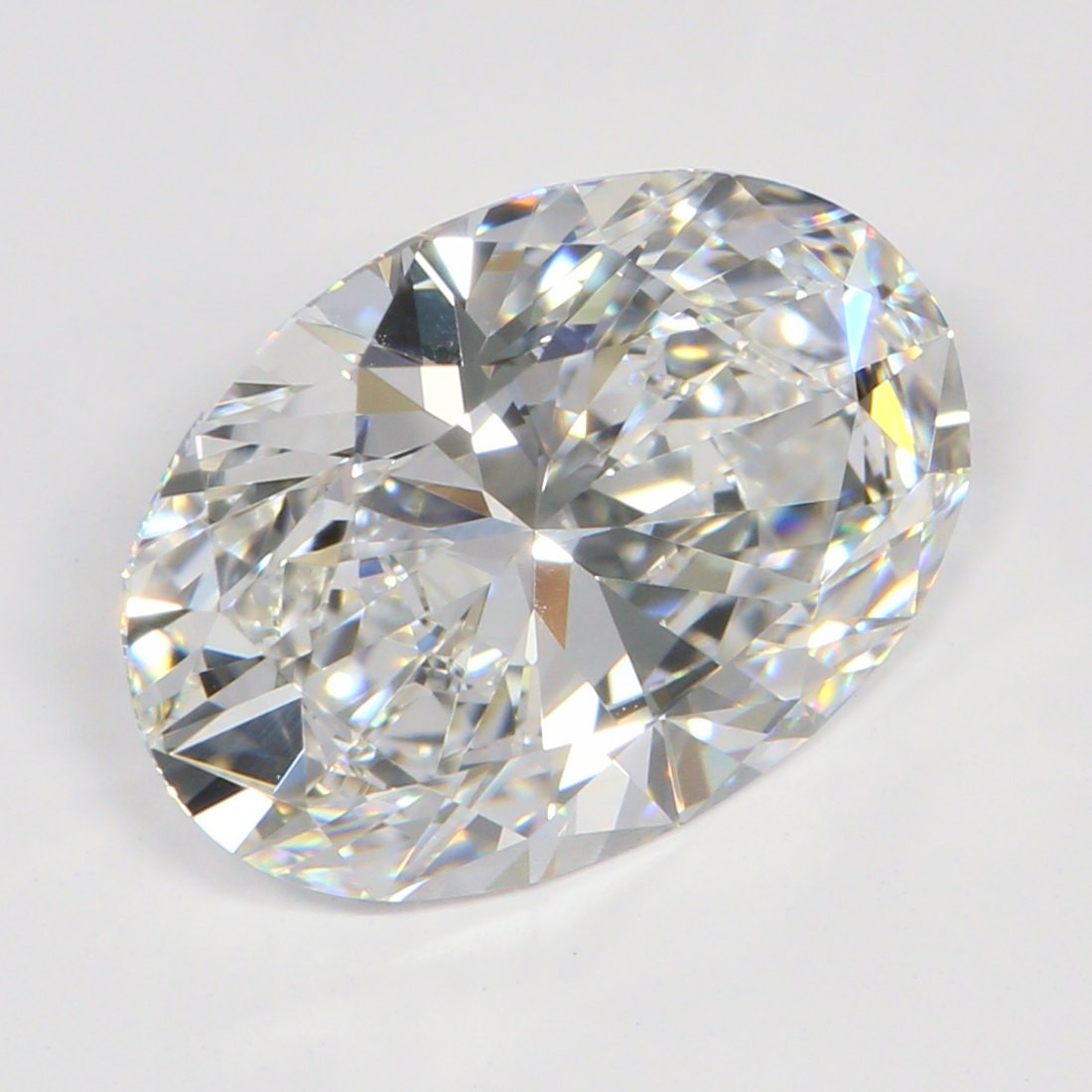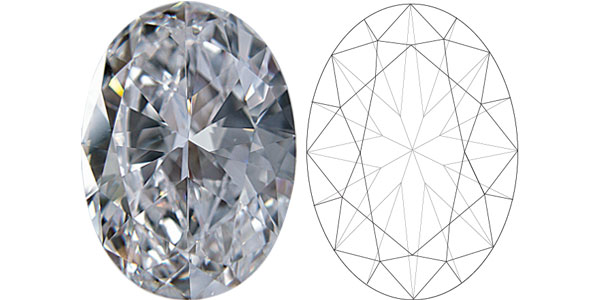
“Oval Cut, oval cut diamond (Latin ovum ‘egg’): Symbolizes fertility, rebirth and family. Brilliance, fashionable & trendy”
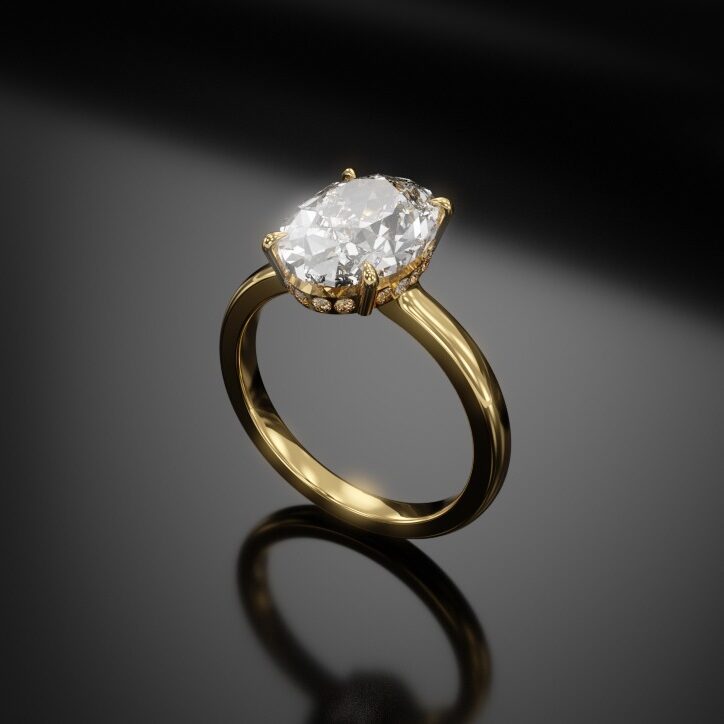
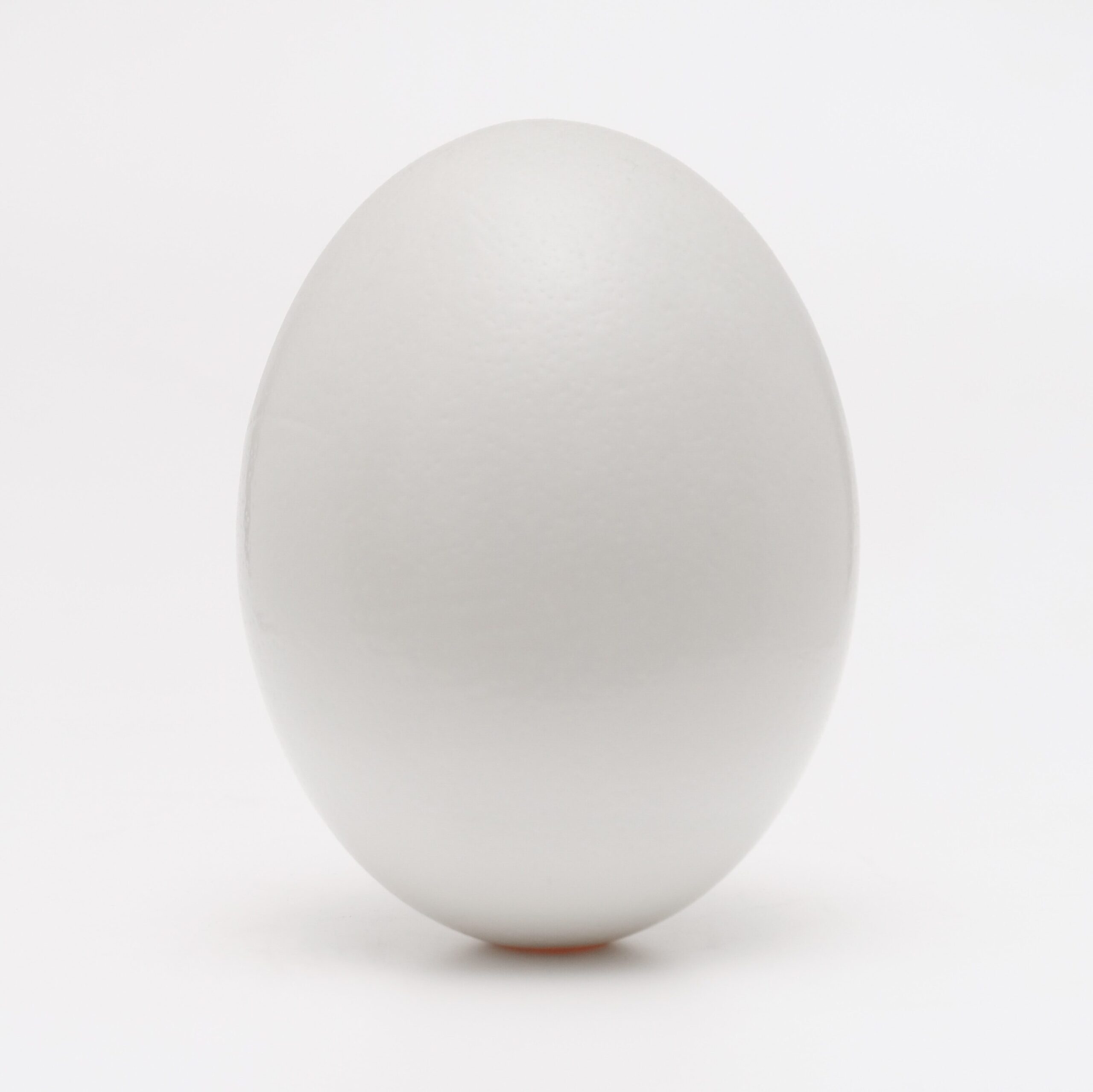
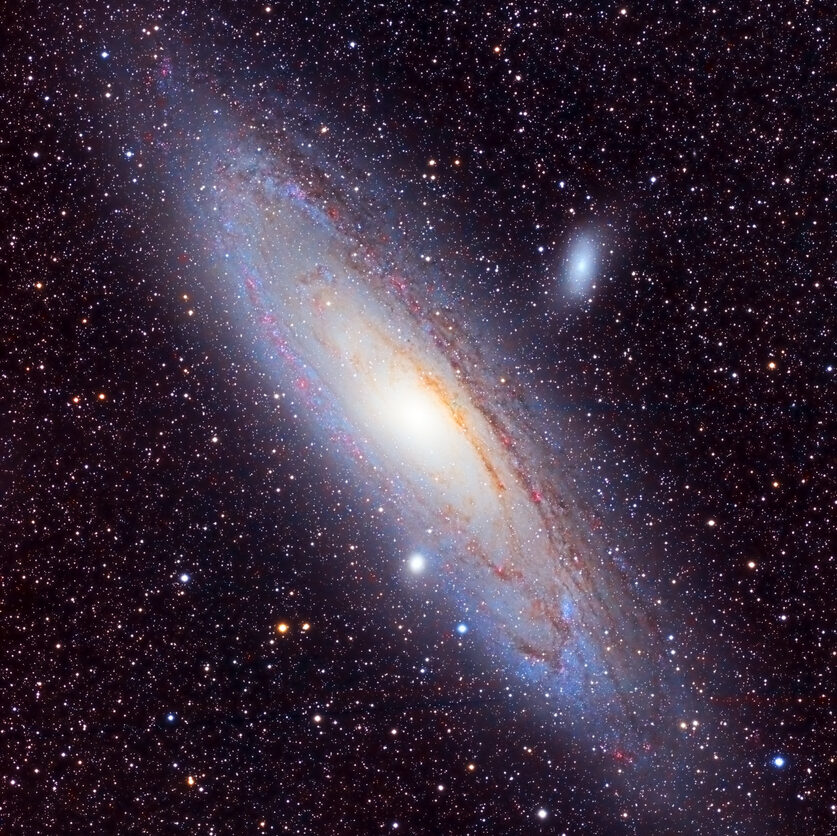
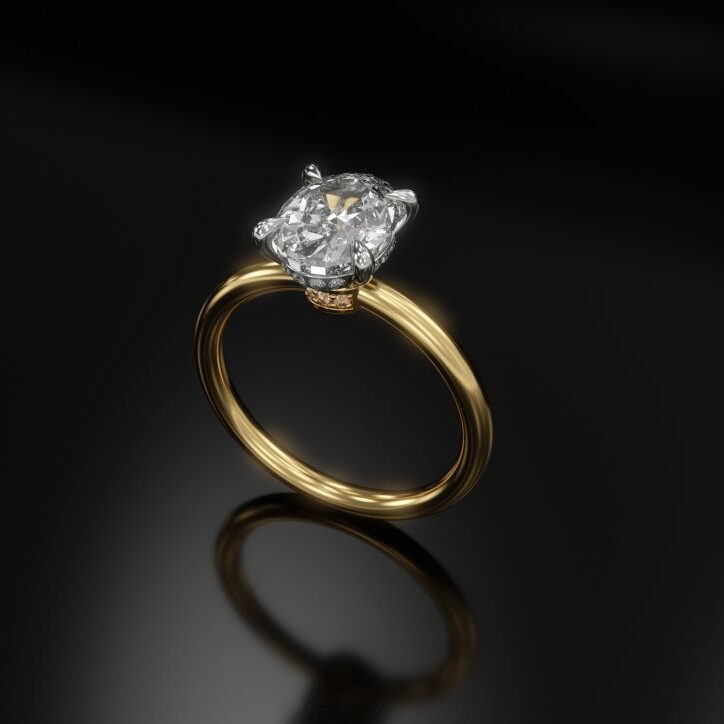
“Oval elegance, timeless sophistication – the oval diamond, your radiant companion for eternity”
What is an Oval Cut Diamond?
What is an Oval Cut Diamond?
Oval diamonds, according to their name, are symmetrical, elongated, round shapes that have a similar fire and brilliance to round diamonds. With the same carat, oval diamonds are slightly larger than round diamonds, brilliant cut diamonds.
What is a Moval Cut Diamond?
Movals are ovals with rather pointed curves at the ends, they are a mixture of oval and marquise which can be very appealing and special.
Advantages ovals
What makes the oval cut so unique? What are the advantages of oval diamonds?
- fashionable & trendy
- Diamond face-up usually larger: usually sees. bigger than a round diamond
- beautiful, elongated appearance -> often makes the hand and fingers appear slimmer
- Brilliance similar to round diamonds (due to elongated brilliant cut)
- more unique shape (than round)
- no sharp edges & no sharp corners
Comfortable to wear + durable → less susceptible to chipping
Disadvantages ovals
Recommendation: What should you look for when buying an oval cut diamond? What are the disadvantages of the oval diamond?
- Avoid bulky ovals with pointed or square ends
- Avoid too big bowtie (black shadows through the middle)
Stars
Which stars and celebrities have an Oval Diamond?
Ovals are very trendy and popular with celebrities.
Celebrities who have received oval diamond engagement rings in the past, however, are:
- Blake Lively: Her engagement ring from Ryan Reynolds is set with a vintage-style oval diamond.
- Hailey Bieber: Her engagement ring from Justin Bieber is an oval diamond solitaire ring.
- Katy Perry: Orlando Bloom’s engagement ring for Katy Perry is a floral design with a large oval diamond.
- Sophie Turner: Joe Jonas gave Sophie Turner an engagement ring with a sparkling oval diamond.
- Jennifer Lawrence: Her engagement ring by Cooke Maroney has an eye-catching oval diamond.
- Ariana Grande: wears an eye-catching engagement ring with a large oval diamond.
symbolism
What is the symbolism of the Oval Cut Diamond? What does the oval cut diamond represent?
Ovals stand for uniqueness and individuality. Since the oval has the shape of an egg, this diamond shape also symbolizes fertility, rebirth and family.
Bowtie
What is a bowtie, a fly at diamonds?
See also “Bowtie effect (black shadow)” under Shapes/Shapes.
Contrary to popular belief, there are no standards in the IGI, GIA, etc. for what constitutes a good, very good, ideal cut. For example, the number of facets of an oval is not standardized, some have more and some have less. Wider ovals and those with more facets are less prone to the bowtie effect.
Diamond cutters are always experimenting with ways to reduce bowtie. Cutting an oval diamond wider or deeper can reduce the bowtie’s presence, but that means sacrificing your perfect ratio or buying a diamond that points up less than it should.
Do oval diamonds have a bowtie?
Bowties are very common. All ovals have a bowtie effect to some degree. And with a little bow tie can make a diamond look even better.
While oval cut diamonds may have a classic look, round brilliant cut diamonds are timeless. However, ovals and other fancy shapes have become trendy for engagement rings in recent years. When aligned on the finger, an oval shape has an attractive lengthening effect. On the other hand, east-west rings, where the oval is perpendicular to the finger, are becoming more popular and show a unique style.
Unfortunately, cut/cut oval diamonds are not graded by gemological labs like IGI, GIA, etc. Fancy diamond cuts have so many variations that evaluations, especially for cut, are more like judgments based on the overall attractiveness of a stone. This makes your search more difficult. But that doesn’t mean it’s impossible!
Shape
What should be looked for in the diamond shape for oval diamonds?
Ovals can come in many shapes. Avoid misshapen ovals, with pointed or square ends. Pill & egg shapes are not desirable in an oval cut diamond. This differs from symmetry in a laboratory report, which assesses facet symmetry. Also look for symmetry in the overall shape of the oval.
Length-to-width ratio
What length width ratio should an oval cut diamond have?
You can also consider how elongated you want the oval to be. The length to width (L/W) ratio in an oval diamond is a matter of preference, but most prefer ratios between 1.3 and 1.5.
Color
What should be the minimum color of Oval Diamonds?
While color plays a minimal role in round diamonds, lower color grades are much more noticeable in ovals. For this reason, you should stick to color grades of H or better.
Alternatively, oval diamonds in “off-color” colors can go well with vintage styles in yellow or rose gold.
Clarity
What should be the minimum clarity of an oval diamond?
Due to the high brilliance of this cut, imperfections in the diamond are usually difficult to see. A diamond with a clarity grade of VS2 or SI1 will most likely appear clean to the naked eye. SI2 stones can also appear clean to the eye. Be sure to avoid dark inclusions near the center of the diamond, as these are the most noticeable.
Ideal dimensions ovals
What are the perfect dimensions for an oval cut diamond? What dimensions should an oval diamond have in terms of depth and table? What is the ideal length ratio for an oval cut?
- Depth 58-63%
- Table 53-63%
- Length-to-Width Ratio between 1.3 and 1.5
- No bulky ovals with pointed or angular ends
- Not too big “bowtie” (black shadows through the middle)
Ovals with rather pointed curves at the ends are called movals, a mixture of oval and marquise that can be very appealing and special.
The ideal proportions for oval diamonds can vary, depending on personal preference and the desired appearance of the stone. However, there are some general guidelines that can be taken into account:
- Length-to-width ratio: Oval diamonds can be cut in different length-to-width ratios. A common ratio is between 1.3 and 1.5, with 1.4 being considered the “classic” oval shape. The choice of ratio often depends on individual taste.
- Table: The table size of an oval diamond should ideally be between 53% and 63%. A smaller table can result in a more sparkling look, while a larger table can make the diamond appear larger.
- Depth: The depth of an oval diamond should be between 58% and 62%. This contributes to the optimum balance of brilliance and fire. An appropriate depth also ensures that the light is effectively reflected inside the diamond.
- Symmetry: With oval diamonds, symmetry is important to ensure that the two sides of the stone appear even and harmonious. The tip of the stone should be in the middle and the curves on both sides should be symmetrical.
- Culet: The culet, the tip of the diamond, should not be too large and should ideally be invisible or very small. A culet that is too large can affect the appearance of the stone and result in a less attractive appearance.
It is important to note that personal preferences and the individual style of the wearer also play a role in choosing the ideal proportions. Professional advice from a certified diamond expert can also be helpful.
Budget Tips Ovals
How can I save money on an Oval Cut Diamond?
Oval cuts hide inclusions well, so an SI1 or SI2 diamond is likely to appear eye clean. However, they tend to show color. It’s best to stick to a color grade of H to avoid color in your oval cut diamond.
history
When was the oval cut diamond invented? What is the history, the history of oval diamonds?
Oval cut diamonds have been popular for centuries. The first oval diamonds date back to the 1300s, although they are not described by name in the literature until the 1800s.
In 1957, the Russian diamond cutter Lazare Kaplan perfected the oval cut. He was the nephew of Abraham Tolkowsky, who was responsible for the development of the ideal cut. Kaplan had a talent for turning unwanted rough stones into beautiful diamonds “cleaving.” His technique significantly improved the brilliance of the oval diamond. The von Kaplan process is still used today by diamond cutters to produce oval cut stones. The oval diamond is still one of the most popular diamond shapes.
